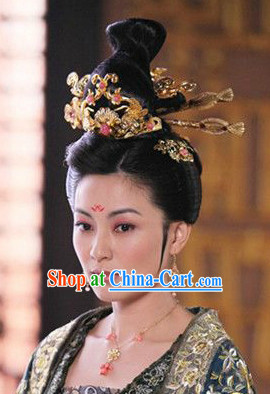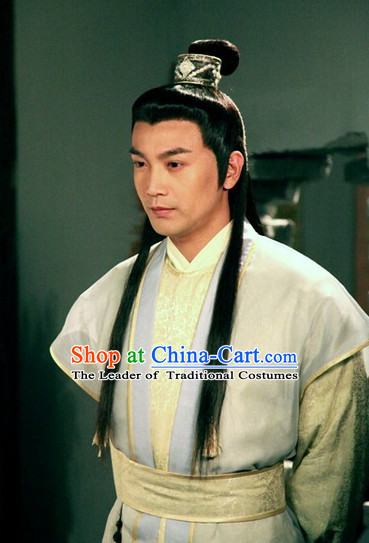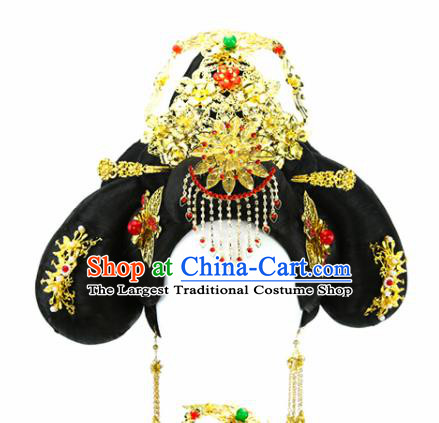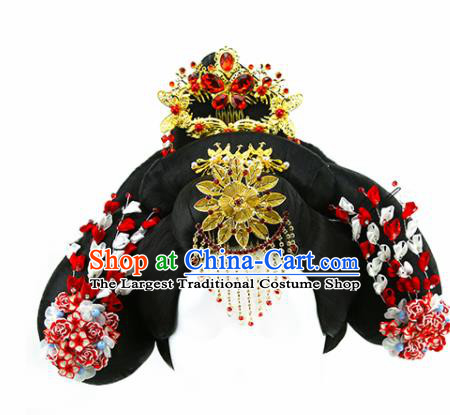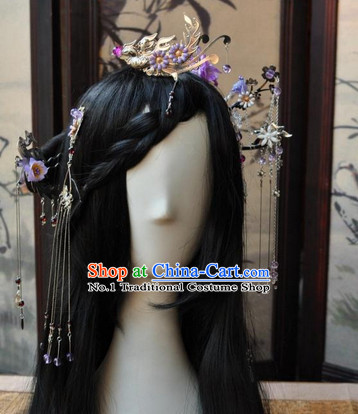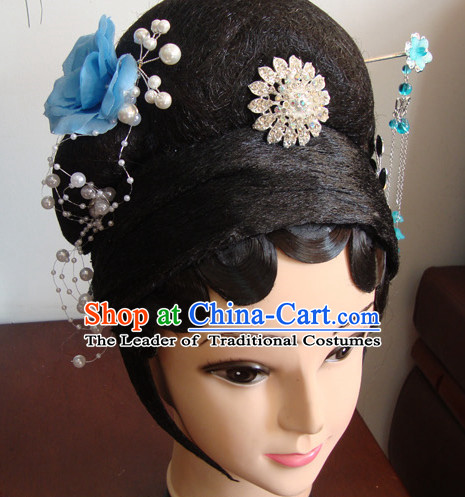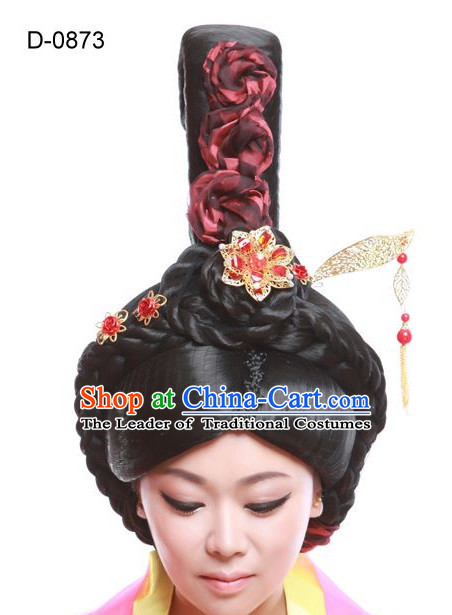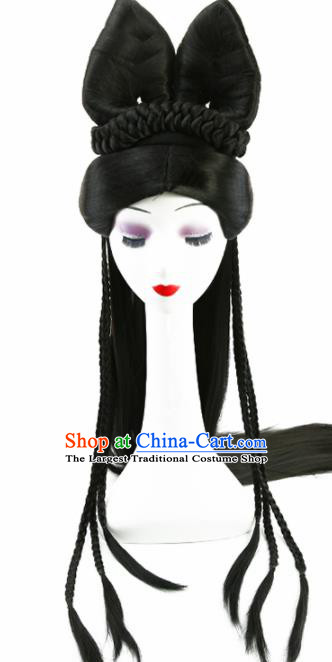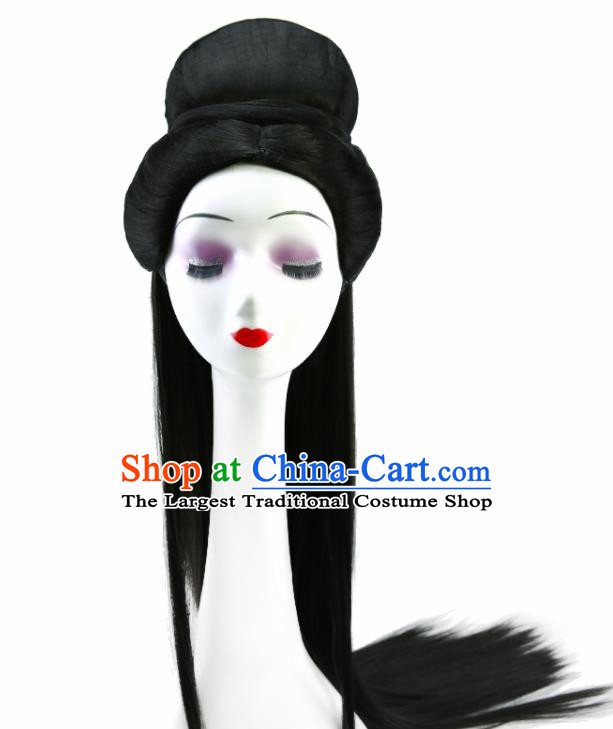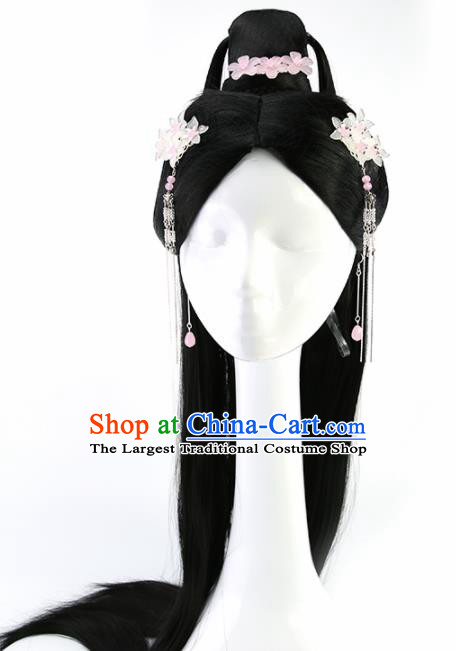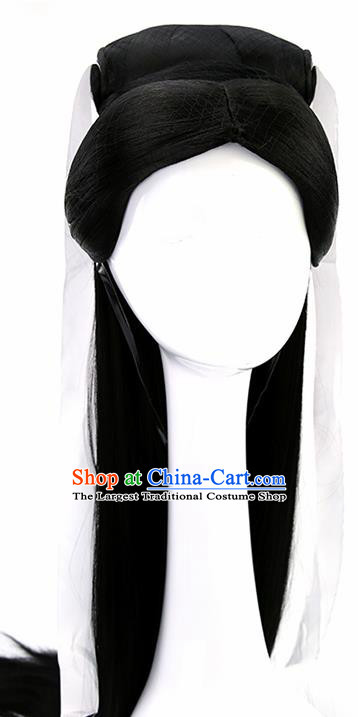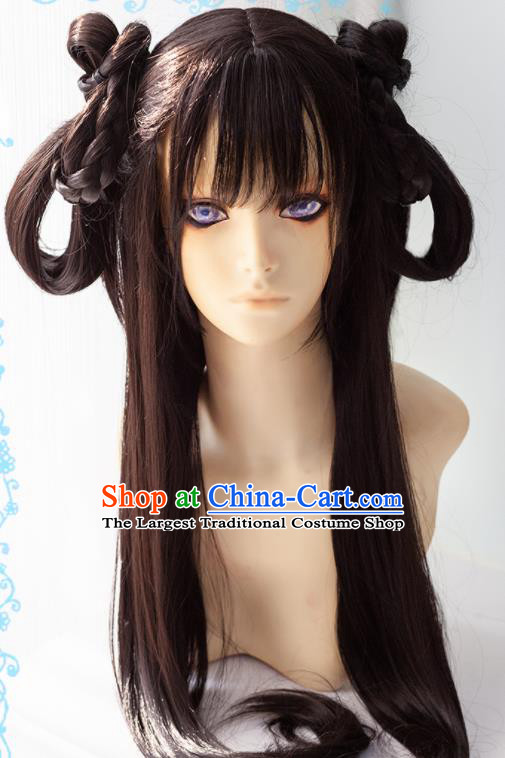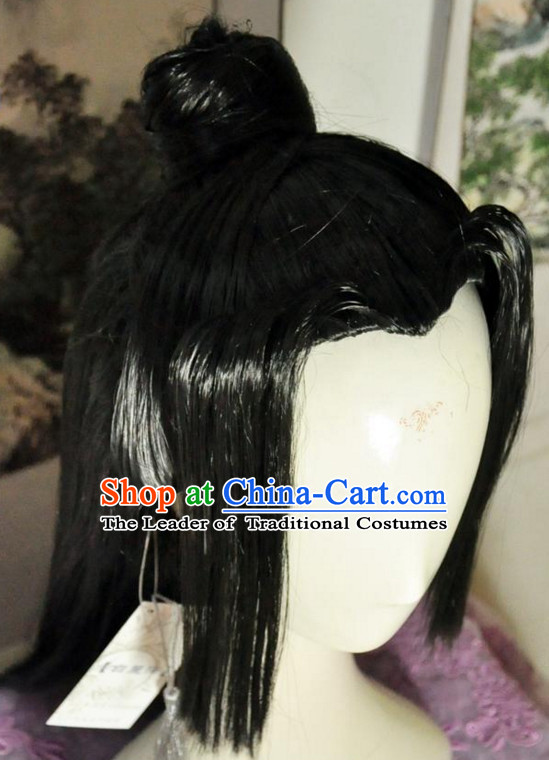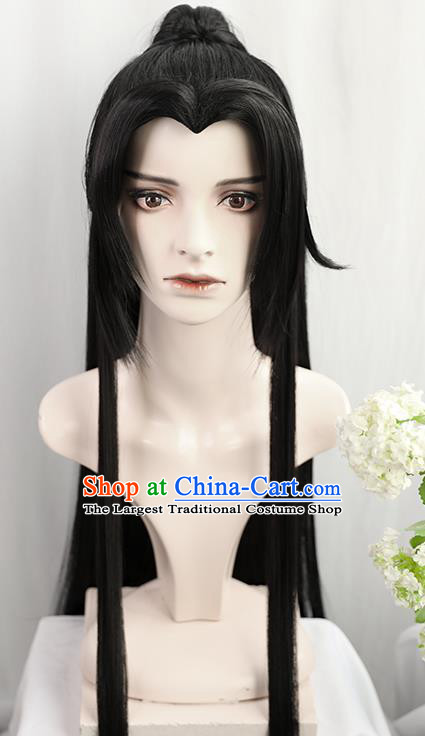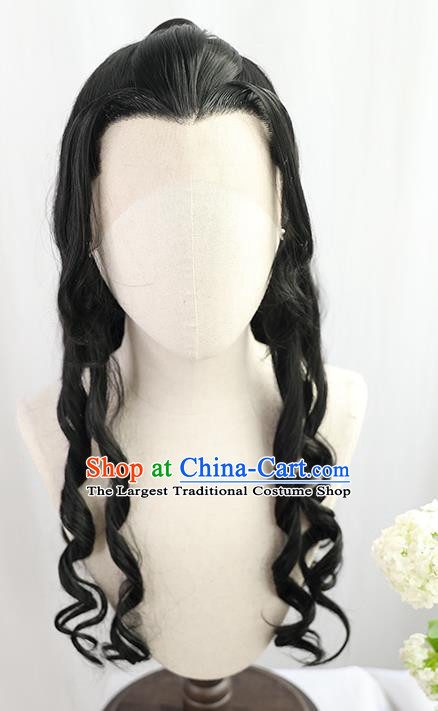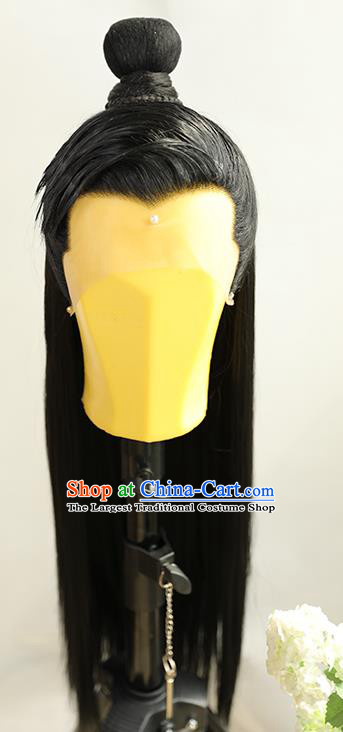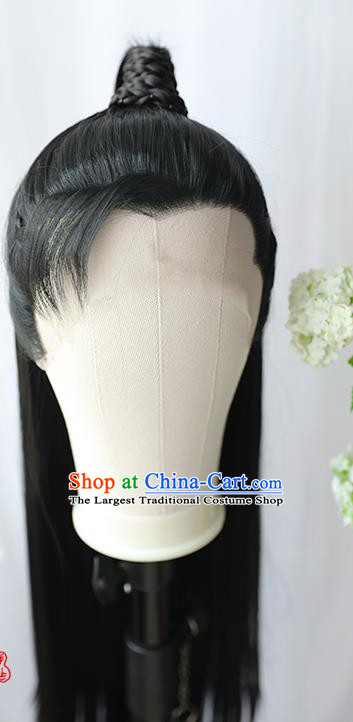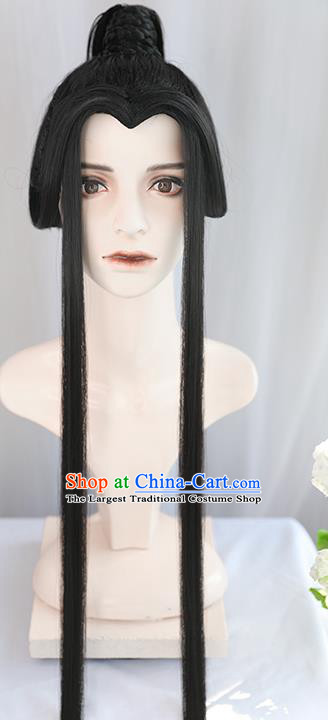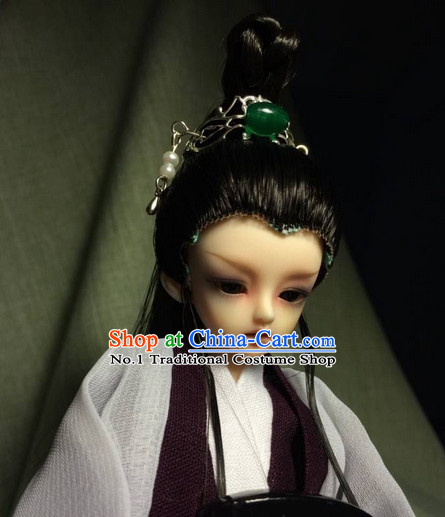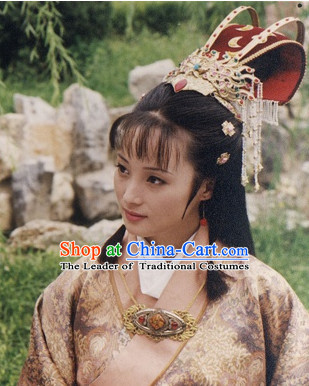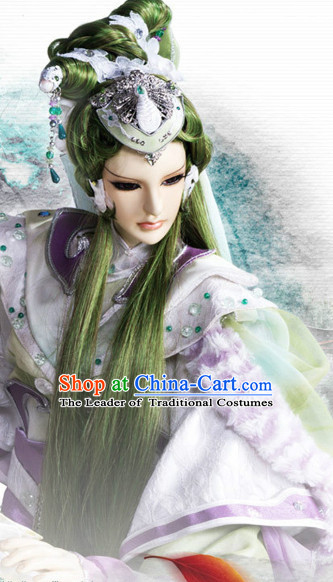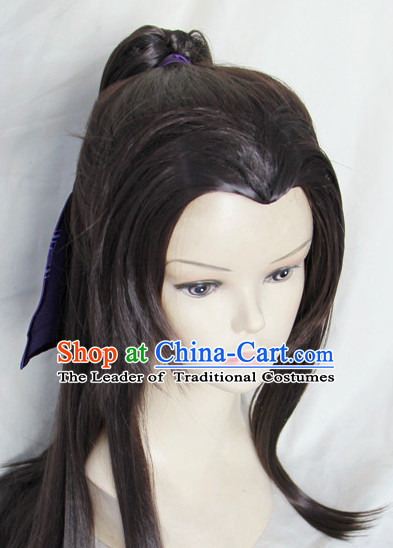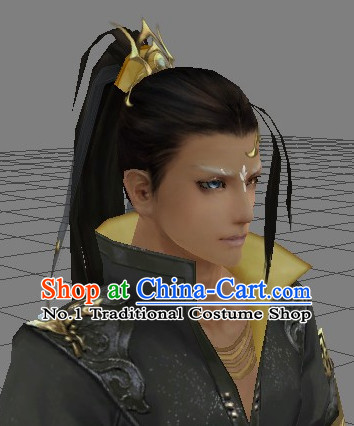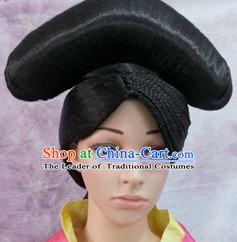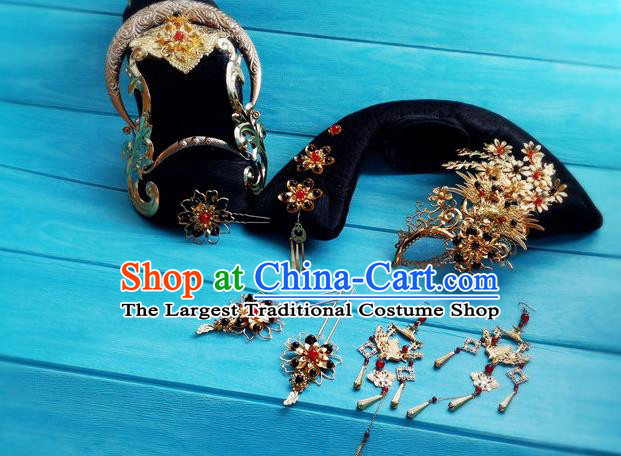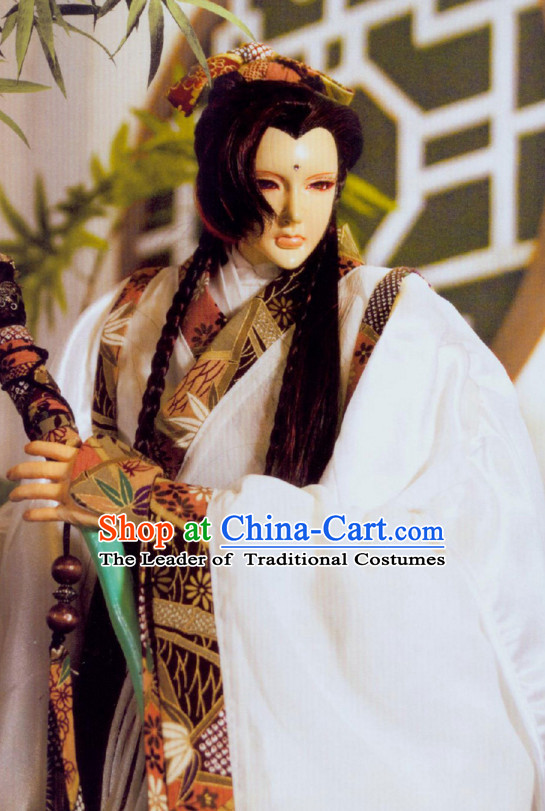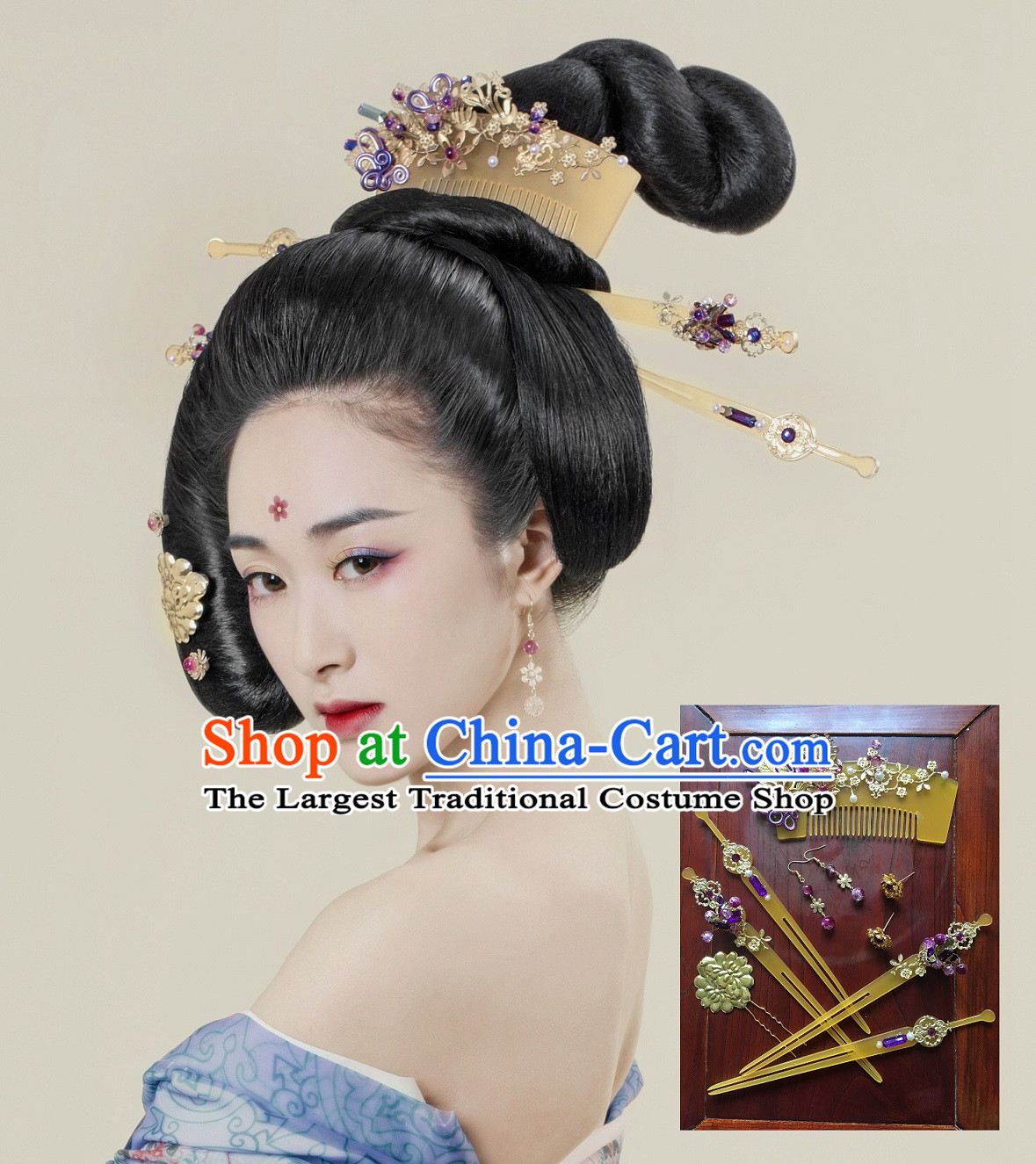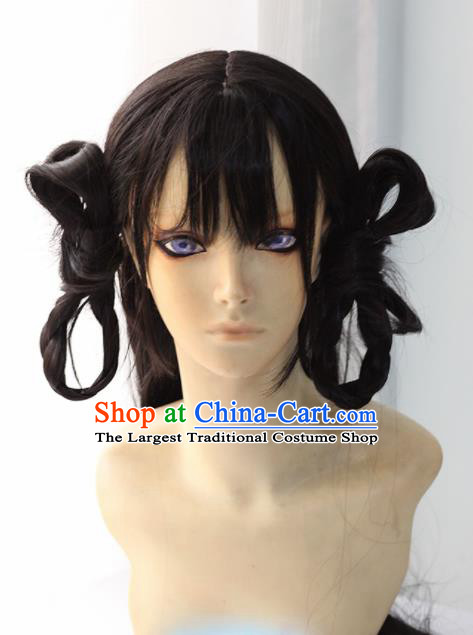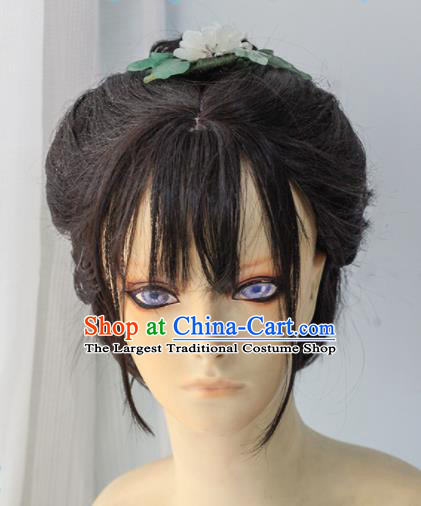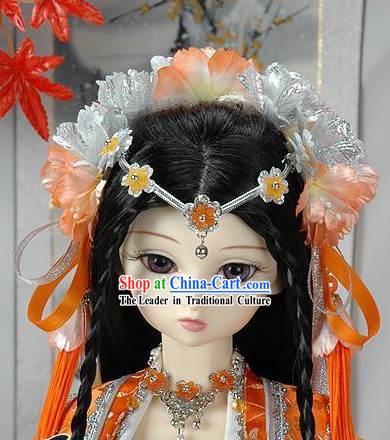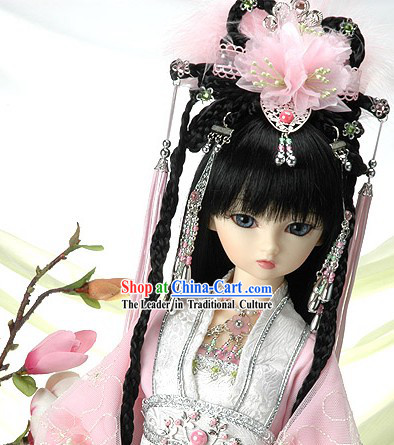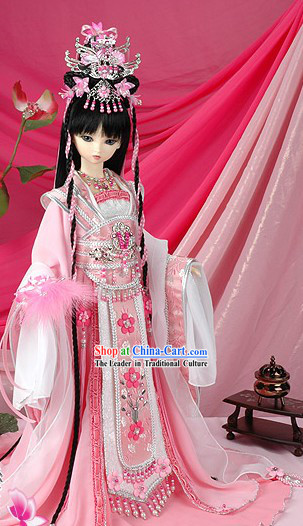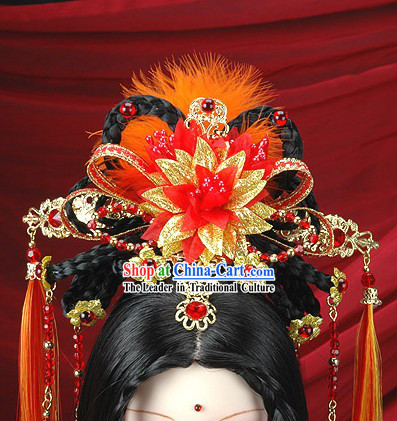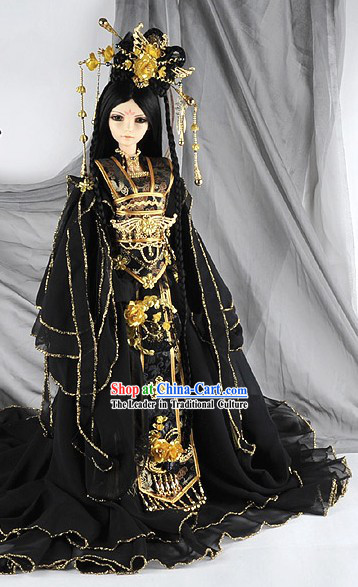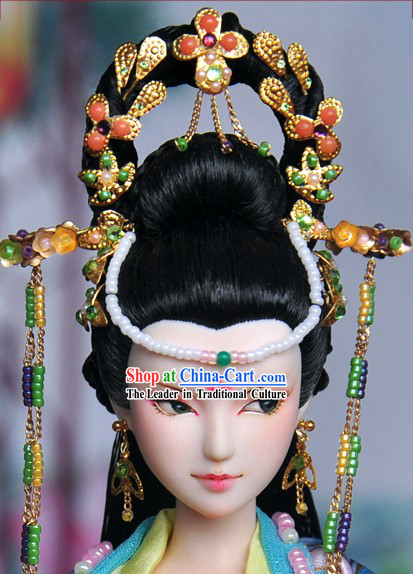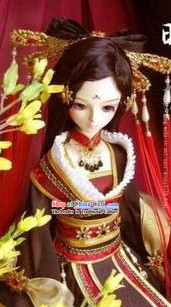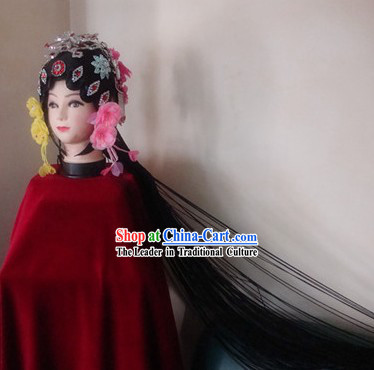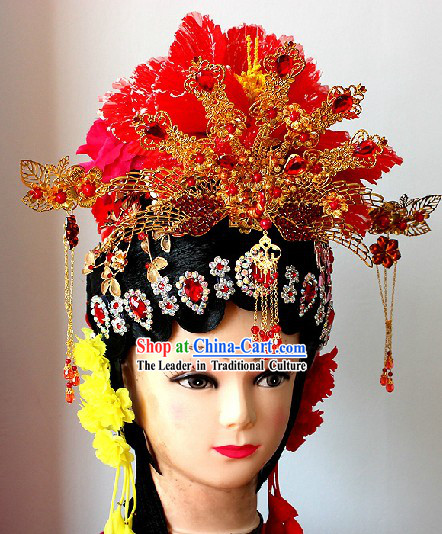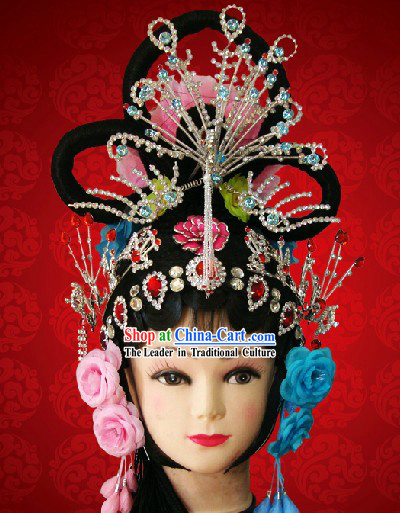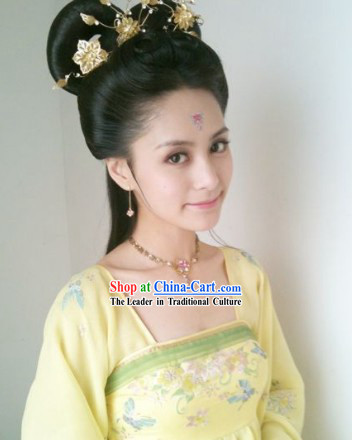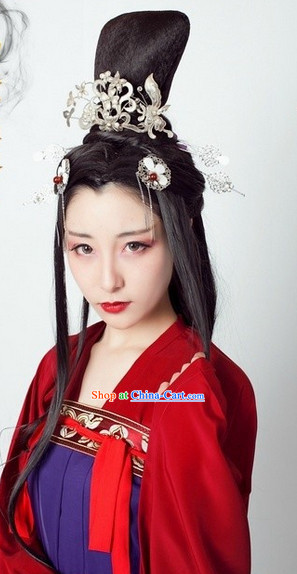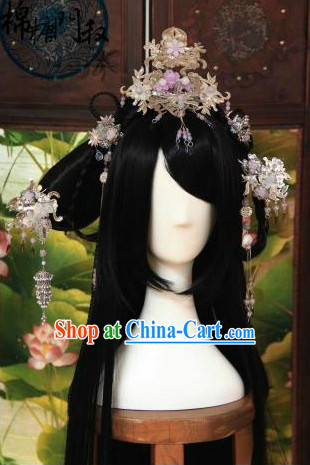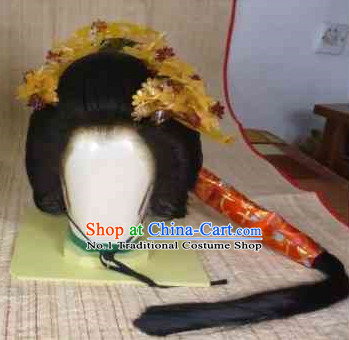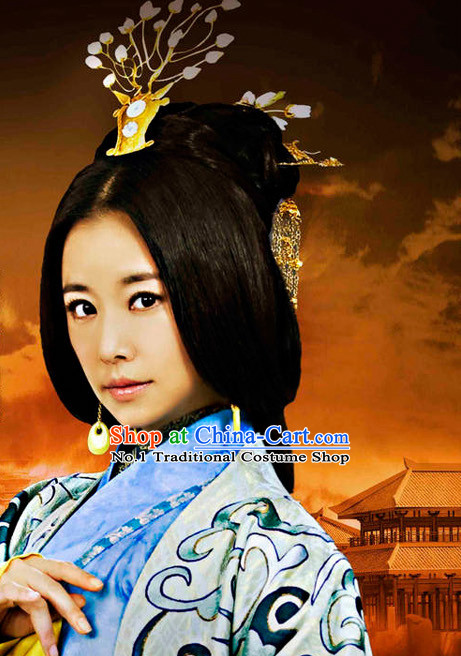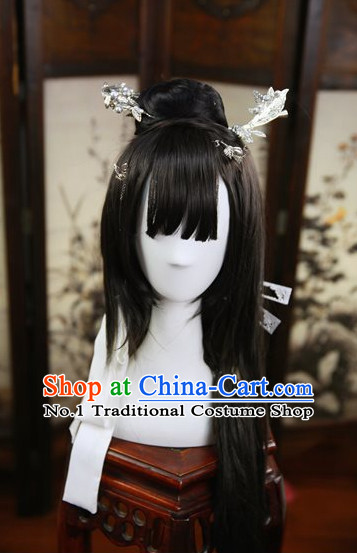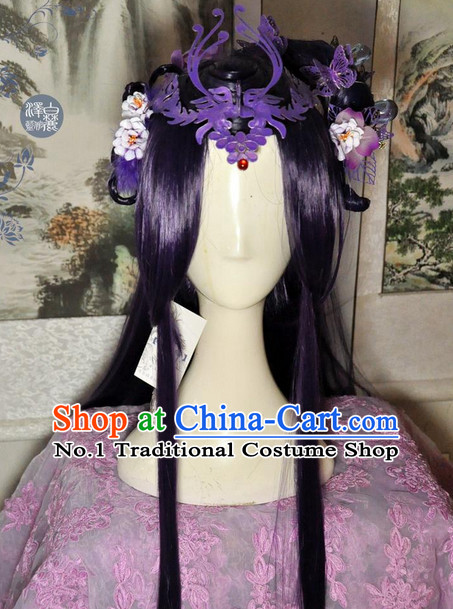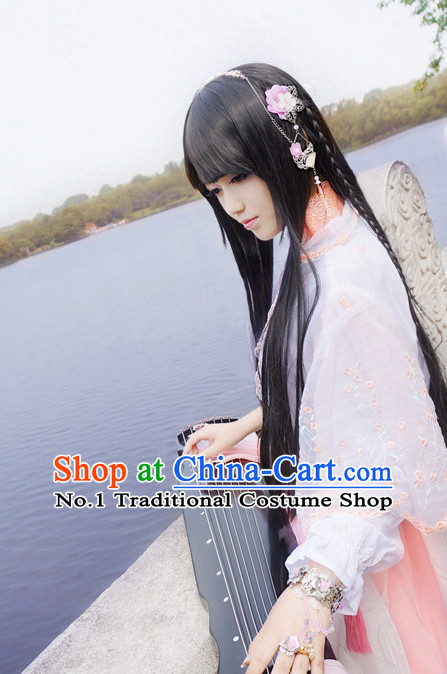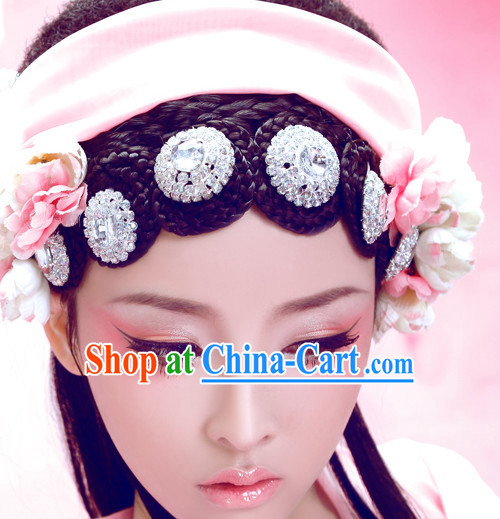
Click Related Pictures for More Audios:
Chinese traditional drama's long hair and headdresses are an art form that carries rich cultural significance and historical meaning.
They represent the essence of ancient Chinese culture, showcasing the aesthetic views and lifestyles of people in ancient times.
These long hair and headdresses are usually made of silk, which is soft and elastic, fitting well with the contours of the head and displaying graceful curves.
In ancient China, long hair and headdresses were important symbols of a woman's identity and status.
They not only could beautify facial features but also demonstrate personal temperament and style.
The design and style of long hair and headdresses varied among different historical periods and social classes.
For example, during the Tang Dynasty, women's long hair was often tied into a bun or a chignon to show solemnity and dignity; while during the Song Dynasty, women's long hair was more free-flowing, often braided into pigtails or left loose.
Apart from being decorative accessories, long hair and headdresses also had practical uses.
In ancient times, due to poor transportation and backward technology, people often had to travel for long periods on foot or horseback.
Therefore, long hair could protect the head from direct sunlight and windblown sand.
Additionally, long hair could be used to convey information or facilitate communication.
For instance, in some folk tales, women would use their hair to express their emotions and desires.
In conclusion, Chinese traditional drama's long hair and headdresses are an art form that carries rich cultural significance and historical meaning.
They not only beautify appearances but also convey ancient people's aesthetic views, lifestyles, and social values.
